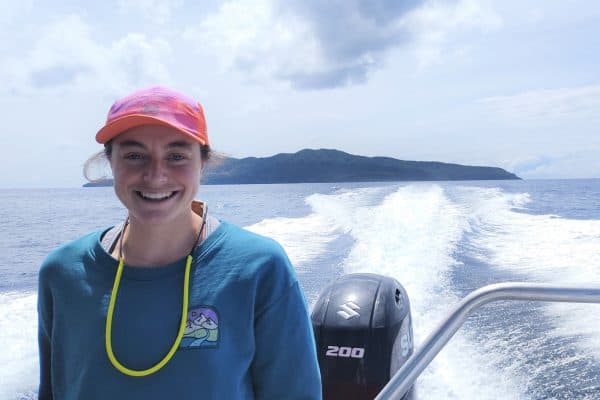Statistical methods for multi-impact operability modelling
I am Maryam Tagharobi, from Iran. I was born in 1984. I received my B.Sc. in Statistics at Shahid Chamran University, Iran, and my M.Sc. in Social and Economic Statistics at Allameh Tabataba’i University, Iran. I have taught as a lecturer at the University of Jundi-Shapur (the oldest university in the world) and Payame-Noor University, and I was lecturer-assistant in Allameh Tabataba’i University.
Since then I have worked as a data analyst for more than 7 years in Tehran, first for “Parsa Abzar Tandis” which is active in import and export tools. After that I worked for “The Foundation for Development of Handicrafts & Handmade Carpet & Revitalization & Utilization of Historic & Cultural Places” which is a sub-branch of the Cultural Heritage, Tourism and Handicrafts Ministry. I also served as Technical Data Reviewer in the General Census of Population and Housing in 2011.
Now I am a PhD student at Massey University, supervised by Mark Bebbington, David Harte and Melody Whitehead.

My Project
My project is seeking the answers to a series of questions:
- How can we model the impact of repeated hazards on infrastructure operability?
- How is this affected by the (repair) time between repeated impacts?
- How can we optimise this to reduce the consequences of repeated hazard impacts on infrastructure operability?
Natural hazards damage infrastructure and decrease its operability until repair or replacement. These negative impacts may be amplified when a second or third hazard occurs before the impacts of the first event have been removed. For example, a bridge’s supports may be weakened by a flood, such that a subsequent earthquake destroys it altogether. The impact of a hazard is a function of hazard type(s), the time between hazards, spatial extents, hazard intensities, as well as specific infrastructure characteristics. The time between hazards is particularly crucial for impact assessment with complications including the partial repair of infrastructure meaning that subsequent hazard impacts cannot necessarily be assessed from a zero-damage state. Whether the damage from one hazard type can be readily converted to an equivalent vulnerability for a second hazard type is unknown.
Asymmetry in hazard order exacerbates this problem – if a flood occurs and then an earthquake, this may not have the same impact as an earthquake followed by a flood. By replacing the current discrete damage state approach with a continuous parameter mappable to operability, a set of novel statistical tools will be developed to tackle the problem of multi-hazard impacts. This project will include a formal mathematical derivation of operability, alongside a set of statistical methods that look promising including regression models, Copulas, and Bayesian networks for modelling the correlations in time and between hazards.
Next Steps
The tools I develop will be used as part of the case study in the Multihazard Risk programme. Here, in collaboration with stakeholders, we will be able to explore their use in a pseudo-operability context. The case study will include various ‘what if’ scenarios / decisions, and look at the resulting economic impacts.




